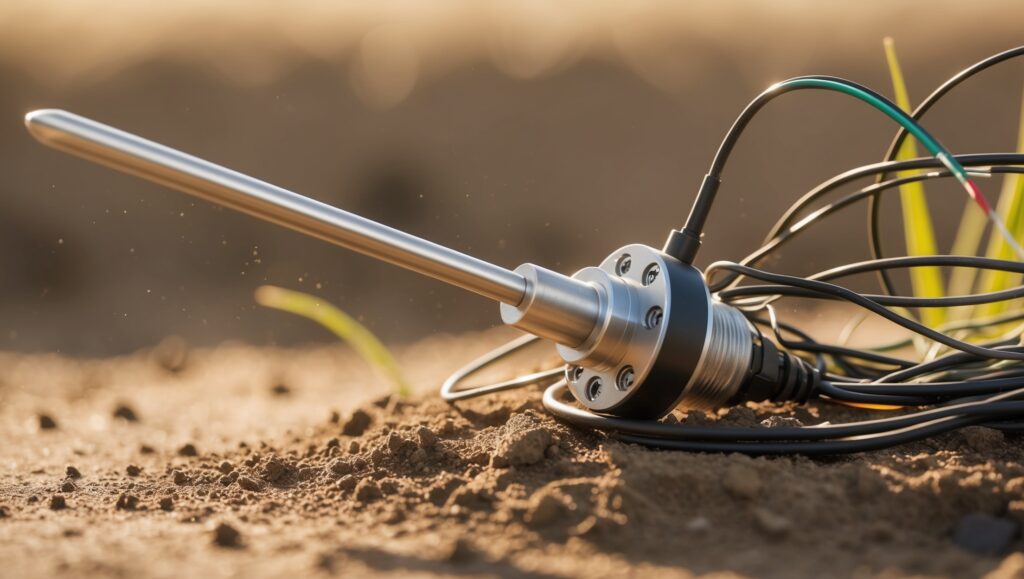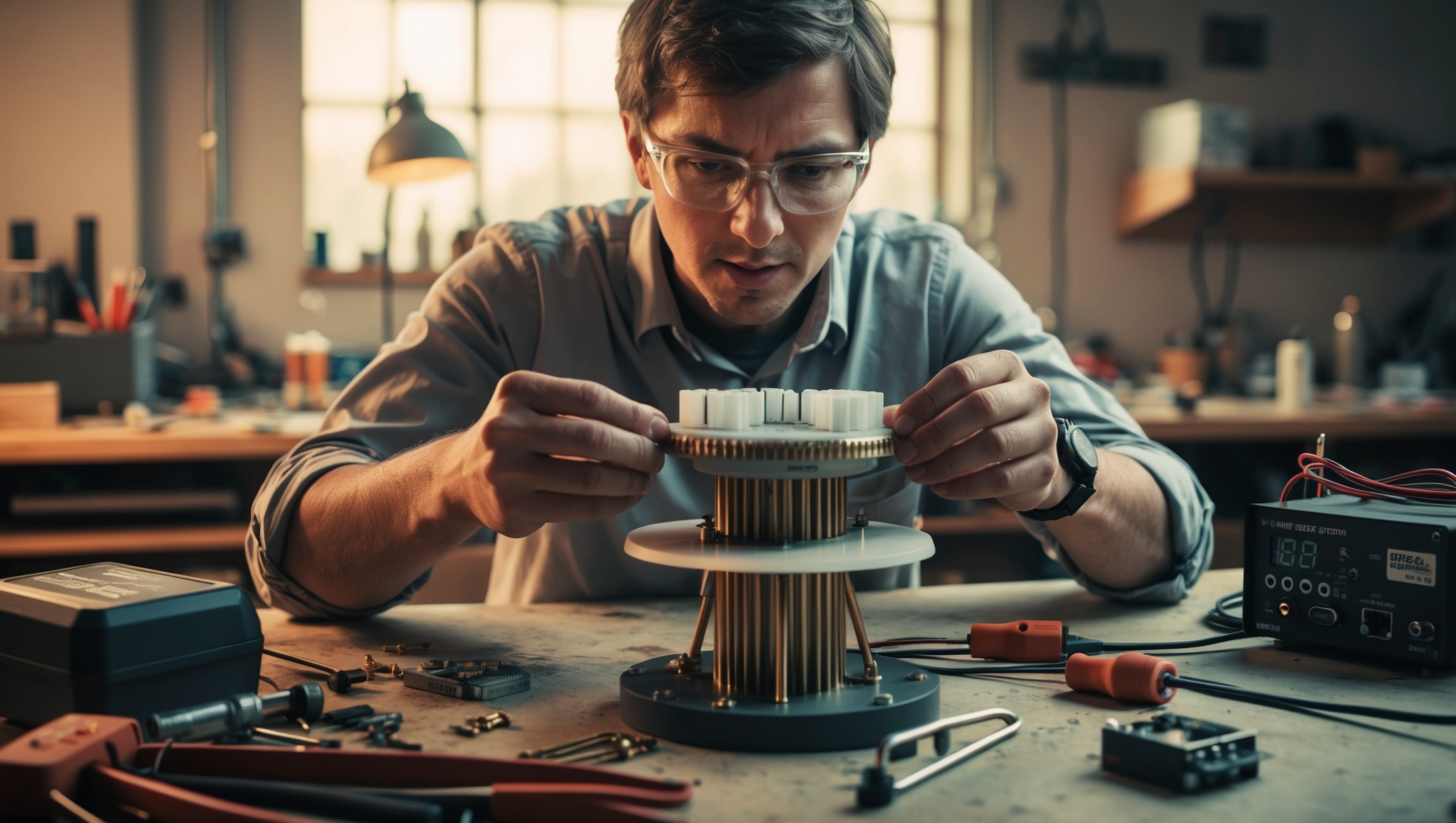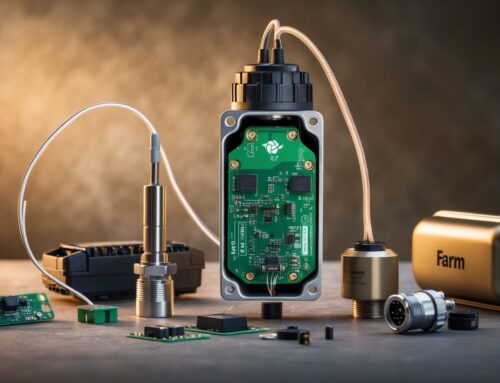Creating a soil moisture sensor that can withstand harsh outdoor environments is no small feat. From temperature fluctuations to exposure to UV rays and agricultural chemicals, there are numerous challenges that need to be addressed to ensure longevity and reliability. In this post, we’ll discuss the critical components needed to build a durable soil moisture sensor, including the use of UV-resistant plastics, solar power integration, quality electronics, and robust design principles.
Choosing ASA Plastic for Durability and UV Resistance
One of the key components of a durable soil moisture sensor is the housing material. For outdoor agricultural use, the housing must be able to withstand extreme weather conditions, sunlight, and exposure to chemicals like fertilizers. ASA plastic (Acrylonitrile Styrene Acrylate) is an ideal material for this purpose. ASA is highly resistant to UV radiation, meaning it won’t degrade or become brittle after prolonged sun exposure. This UV stability is crucial for a sensor that needs to operate in open fields year-round without regular maintenance.
In addition to its UV resistance, ASA is also highly durable and resistant to various chemicals, including those found in fertilizers. This makes it perfect for use in agricultural environments where exposure to such chemicals is common. By using ASA plastic for the sensor housing, we can ensure the device remains intact and operational for years, even in challenging conditions.
Integrating Solar Panels for Minimal Maintenance
Another major consideration for building a durable soil moisture sensor is power management. Since these sensors are often deployed in remote areas where electricity isn’t easily accessible, they need a reliable power source that requires minimal maintenance. Integrating a solar panel into the design allows the sensor to operate independently without the need for frequent battery replacements.
Solar panels can continuously charge a long-life battery, ensuring that the sensor remains powered even during cloudy days or in low-light conditions. By using a powerful 5V solar panel, for instance, the sensor can generate enough energy to maintain operation, including powering data collection and transmission. The use of solar power not only minimizes maintenance needs but also reduces the overall environmental impact of the sensor system.
Long-Life Batteries for Extreme Conditions
To complement the solar panel, a long-life battery is essential. The battery must be capable of enduring extreme weather conditions, from scorching summer heat to freezing winter temperatures. Lithium Nickel Manganese Cobalt Oxide Rechargeable (INR) batteries are an excellent choice for this purpose due to their long lifespan and ability to function well in a wide range of temperatures. These batteries are also resistant to deep discharge cycles, making them ideal for solar-powered applications where consistent energy availability is not guaranteed.
By incorporating high-quality, outdoor-rated batteries, the sensor can maintain reliable operation even in harsh conditions. This ensures that the data collected is consistent and uninterrupted, giving farmers accurate information for making informed irrigation decisions.
High-Quality Electronics and Components
The durability of a soil moisture sensor also depends on the quality of its internal electronics and components. Using high-quality sensors, microcontrollers, and connectors is crucial to prevent failures due to moisture ingress or corrosion. All electronic components should be rated for outdoor use, with appropriate sealing and coatings to protect against moisture and dust. The use of waterproof connectors ensures that the internal electronics remain protected even during heavy rainfall or irrigation activities.
Moreover, the soil moisture probe itself should be constructed from corrosion-resistant materials, such as stainless steel or specialized conductive coatings, to prevent deterioration due to prolonged exposure to soil and water. The probe design should also minimize susceptibility to clogging or buildup from soil particles, ensuring consistent readings over time.

Building for Long-Term Reliability
Creating a soil moisture sensor that delivers long-term reliability is about more than just selecting the right materials—it’s about holistic design. The sensor should be built with redundant sealing, ensuring that even if one layer of protection fails, others remain intact. The design should also feature modular components so that individual parts, such as the probe or battery, can be easily replaced without needing to replace the entire sensor.
By focusing on quality components and designing with the end-user in mind, we can create a soil moisture sensor that not only delivers accurate, reliable data but also withstands the challenges of outdoor agricultural use. Farmers need tools that work seamlessly, require minimal upkeep, and provide consistent results—and building a durable soil moisture sensor is a step toward meeting those needs.
Conclusion: Reliable Performance in the Field
Building a durable soil moisture sensor involves thoughtful material selection, power management integration, and a focus on quality components. By using ASA plastic for UV resistance, solar panels for sustainable power, long-life batteries for endurance, and high-quality electronics, we can create a sensor that provides reliable, low-maintenance soil moisture monitoring for farmers.
The end goal is to deliver a sensor that can stand the test of time, withstanding harsh environmental conditions and requiring minimal intervention. With the right design and materials, soil moisture sensors can become a vital, reliable tool in modern precision agriculture, helping farmers make better irrigation decisions and improve crop productivity.





